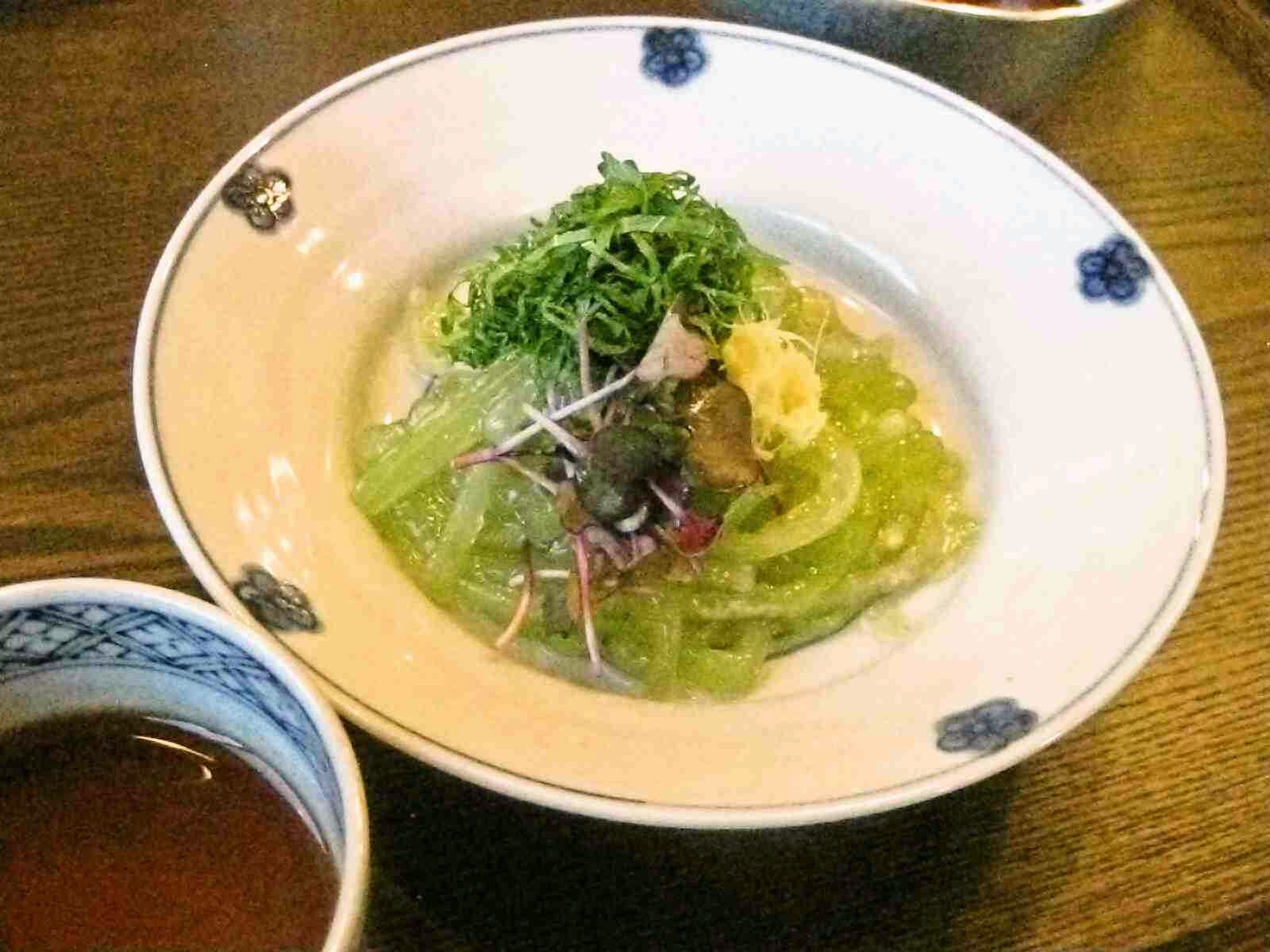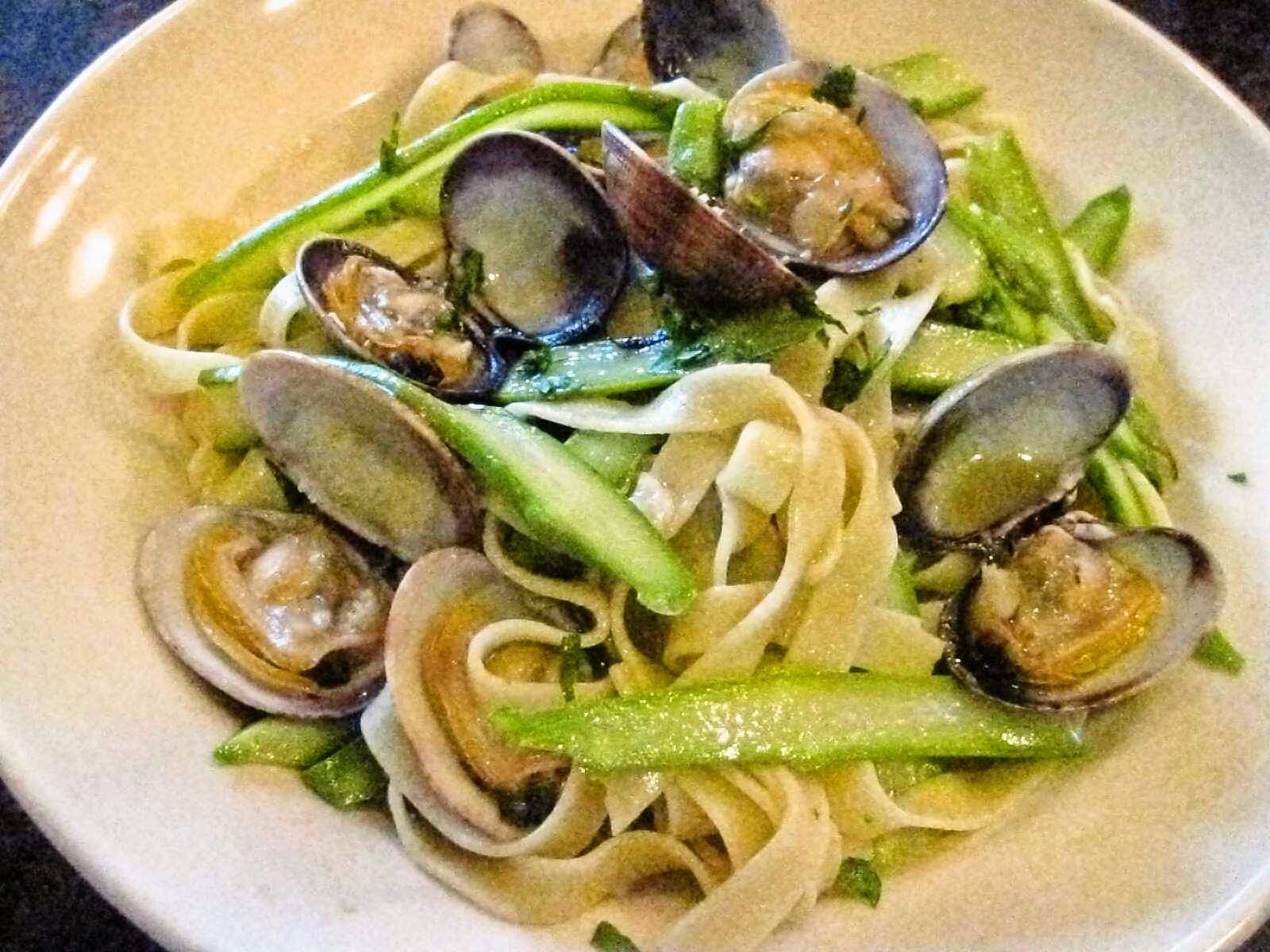A comforting steamed fish dish for winter. Enjoy the fresh taste of in-season fish that has been sealed beneath a blanket of grated lotus root. Savory thickened sauce keeps the dish warm, while pungent wasabi brightens the overall tone. Have a spoon ready!
Below is a simple example with petrale sole and dried shiitake mushroom mixed in renkon lotus root.
1/2 of recipe:
173 calories; 24.5 g protein; 1.6 g fat; 13.6 g carbohydrate; 12.1 g net carbs; 302 mg sodium (when using shoyukoji made with 50% reduced-sodium soy sauce); 55 mg cholesterol; 1.5 g fiber
Below is a simple example with petrale sole and dried shiitake mushroom mixed in renkon lotus root.
1/2 of recipe:
173 calories; 24.5 g protein; 1.6 g fat; 13.6 g carbohydrate; 12.1 g net carbs; 302 mg sodium (when using shoyukoji made with 50% reduced-sodium soy sauce); 55 mg cholesterol; 1.5 g fiber

















































